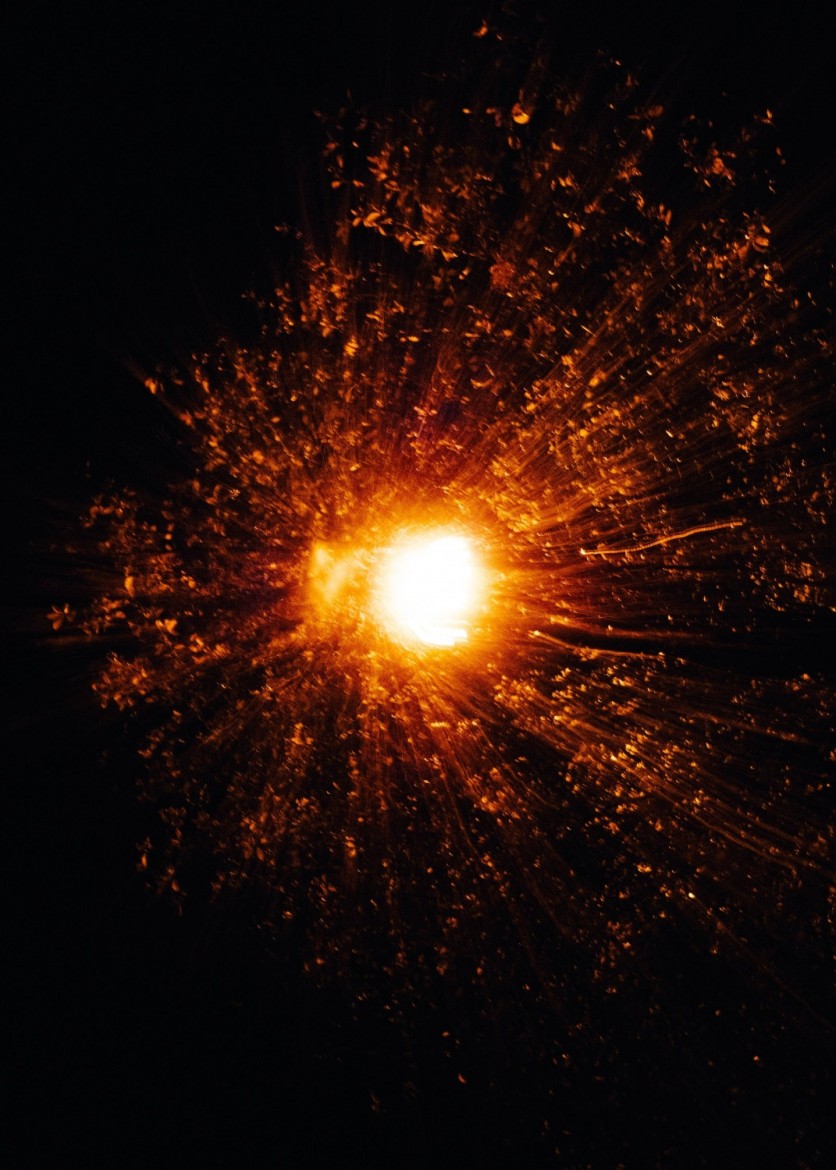In the next few days, solar storms might hit the Earth. This phenomenon is attributed to the coronal mass ejections, global weather agencies said recently.
As per the National Oceanic and Atmospheric Administration or NOAA, the sun is about to release a huge fiery blast. As a result, a strong geomagnetic storm is expected to occur soon.
Geomagnetic Storms to Target the Earth

Aside from NOAA, the Australian Bureau of Meteorology (BOM) and the British Met Office announced important reminders once the solar flares reached the planet.
According to a report by Science Alert, people should not totally worry about this strange event. Somehow, it's part of the Sun's behavior upon hitting the 11-year activity cycle.
As per another news outlet CBS News, NOAA said that the coronal mass ejection or CME might hit the Earth on Thursday, Aug. 18. The previous tweet of the space weather agency indicated that G1-G3 watches are in effect for Aug. 17-19 because of the influences from CME and CH HSS.
Additionally, the department expected that at least four CMEs could possibly have a direct impact on the planet.
Speaking of geomagnetic storms, these events have a scale rating just like other disasters. Usually, they are ranked from G1 to G5. G1 is the least extreme while G5 poses the most serious problem among them all.
Related Article: Solar Flares: How Will it Affect Human Life? Northern Lights May Be Affected by Event
What Could Happen When Solar Storms Hit?
Science Alert says that if you are currently residing in high-latitude regions, there are a lot of interesting things that you can view when a geomagnetic storm happens.
From here, you can potentially see a display of aurora australis or borealis depending on your location.
However, the worst-case scenario of its aftermath could negatively impact the lives of humans. For instance, when a G3 storm lands, a widespread power interruption could likely occur.
Furthermore, power grids will be heavily impacted, as well, which will result in blackouts across the cities and provinces.
Aside from that, migratory animals will also feel the effect of mild storms. The radio navigation and satellites will be affected, too, by the solar storms.
In other news, researchers from several notable universities around the world have merged to create a technology that can extract oxygen and fuel from the red planet.
Although it's promising on paper, the scientists noted some obstacles that hinder their progress. The first one is the carbon dioxide decomposition and the separation of produced oxygen which might have CO2 and CO (carbon monoxide).
In the next few years, the scientists will continue their Martian explorations in hopes of discovering something new about the Earth's neighboring planet.
It's either they could unveil secrets about the ancient civilization in the region or unearth important tools that once inhabited the red planet.
Read Also: Astrophysicists Remaster the 2019 Supermassive Black Hole Image to Uncover More Insights
This article is owned byTech Times
Written by Joseph Henry




